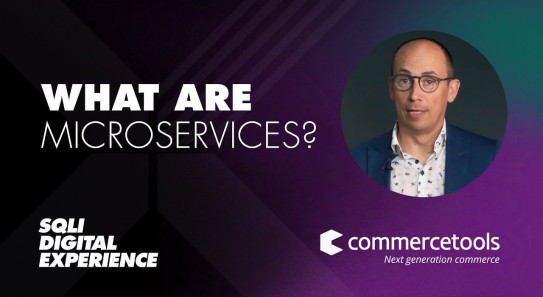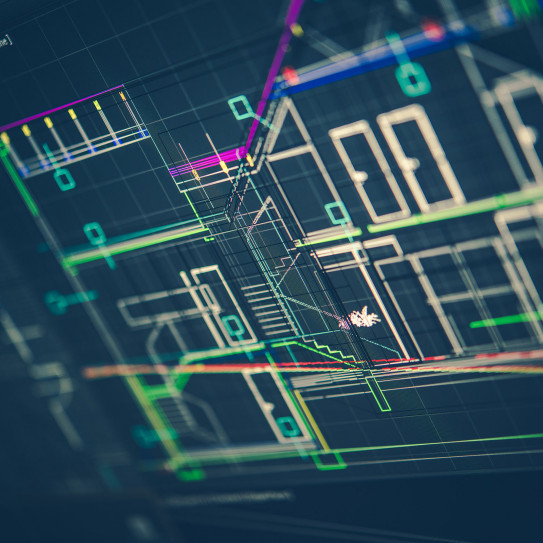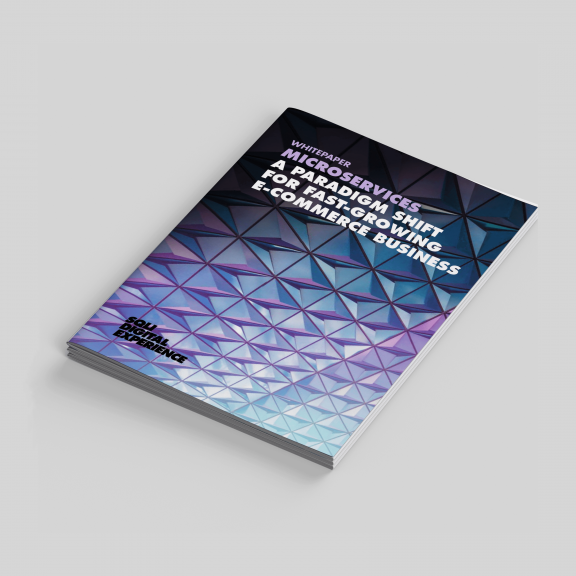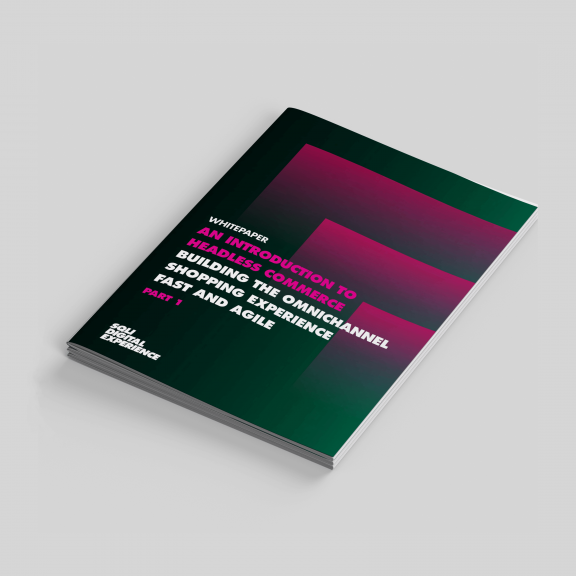
Evolutionary Architecture
Learn what is evolutionary architecture and dive into the underlying evolutionary architecture principles such as microservices, API, cloud and headless commerce.
What is Evolutionary Architecture?
The guiding principle of an evolutionary architecture is to support guided, incremental, non-breaking change along multiple dimensions. As technology and consumer behaviour keep evolving, so does your business focus. The challenge for organizations today is to anticipate change, especially for the IT department. Your software architecture should be ready to adapt even when you don’t know what’s coming next. Using an evolutionary approach it is possible to build an architecture with change and scalability foremost in mind.
What are Microservices?
As an architectural approach to building applications, Microservices are smaller, standalone applications that can be designed and deployed individually, but can be integrated together. With each microservice, you can add new functionality like a shopping cart, payment and search option, which can each be replaced individually without impacting the rest of the application. Microservices are an example of Evolutionary Architecture that offer unique advantages for your business such as reduced software complexity, faster time to market, decentralized responsibility, greater scalability and adaptability.
What is Headless Commerce?
Headless Commerce is an e-commerce approach where the front-end and back-end of an online store are decoupled, allowing for greater flexibility and customization in the user experience. Essentially, headless commerce separates the the website's interface layer from the commerce layer (the system that handles transactions and manages inventory), enabling companies to create unique shopping experiences for customers across multiple channels. With headless commerce, businesses can adapt their digital storefronts quickly and easily, without having to worry about the constraints of a monolithic platform. Additionally, headless commerce empowers developers to work with the latest front-end technologies, providing better performance, security, and scalability. As a result, headless commerce is rapidly becoming a preferred solution for businesses that want to offer personalized and innovative shopping experiences.
Evolutionary Architecture Whitepapers
Dig deeper into evolutionary architecture topics such as Microservices and Headless Commerce.
Further Reading
What is Composable Commerce?
Composable commerce is a modern development approach that enables businesses to select the best e-commerce components and "composing" them into a customized application that fits specific business needs. This approach is achieved by combining Packaged Business Capabilities (PBCs), which are pre-built, independent business functions that can be assembled and reassembled as needed. With composable commerce, businesses can create a customized e-commerce application by combining the best-of-breed commerce components to meet specific business needs. Composable commerce enables businesses to be more agile and responsive to changing market conditions, enabling them to rapidly adapt their operations to stay ahead of the competition.










